Hemiola App Preview 3
Hello guys,
almost another month has passed, things here in Italy are slowly going back to normal after Covid19 and my available time to the app is slowly reducing... Nonetheless, there are a few big improvements I want to share with you.
First of all, read the first preview of Hemiola and the second one, if you haven't already done so.
Second, Beatrice Sacchi, a fantastic designer and illustrator who has already helped me in many other projects, had her saying in the general appeareance of the app. So here are a few screenshots with a revised UI.
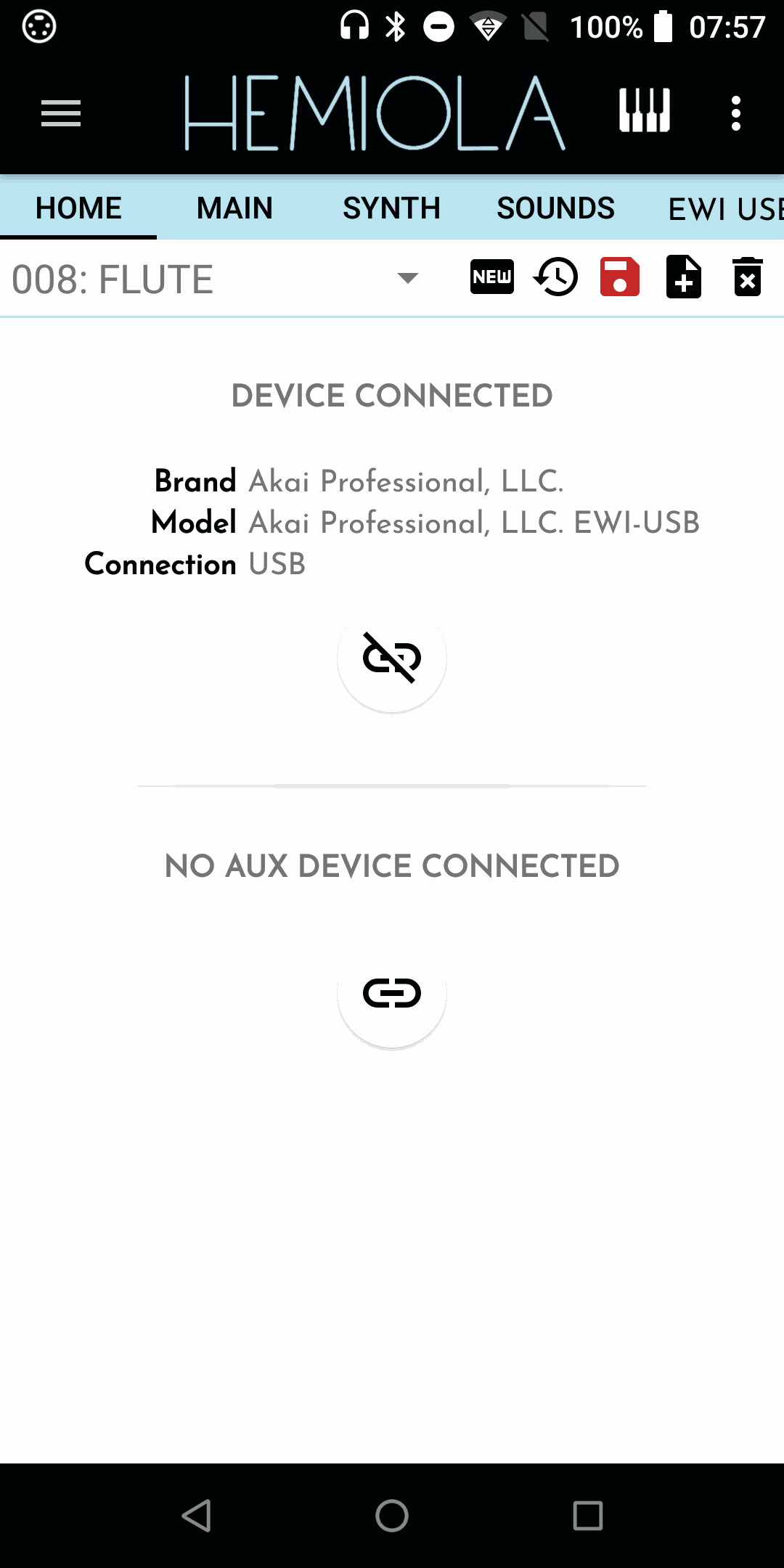
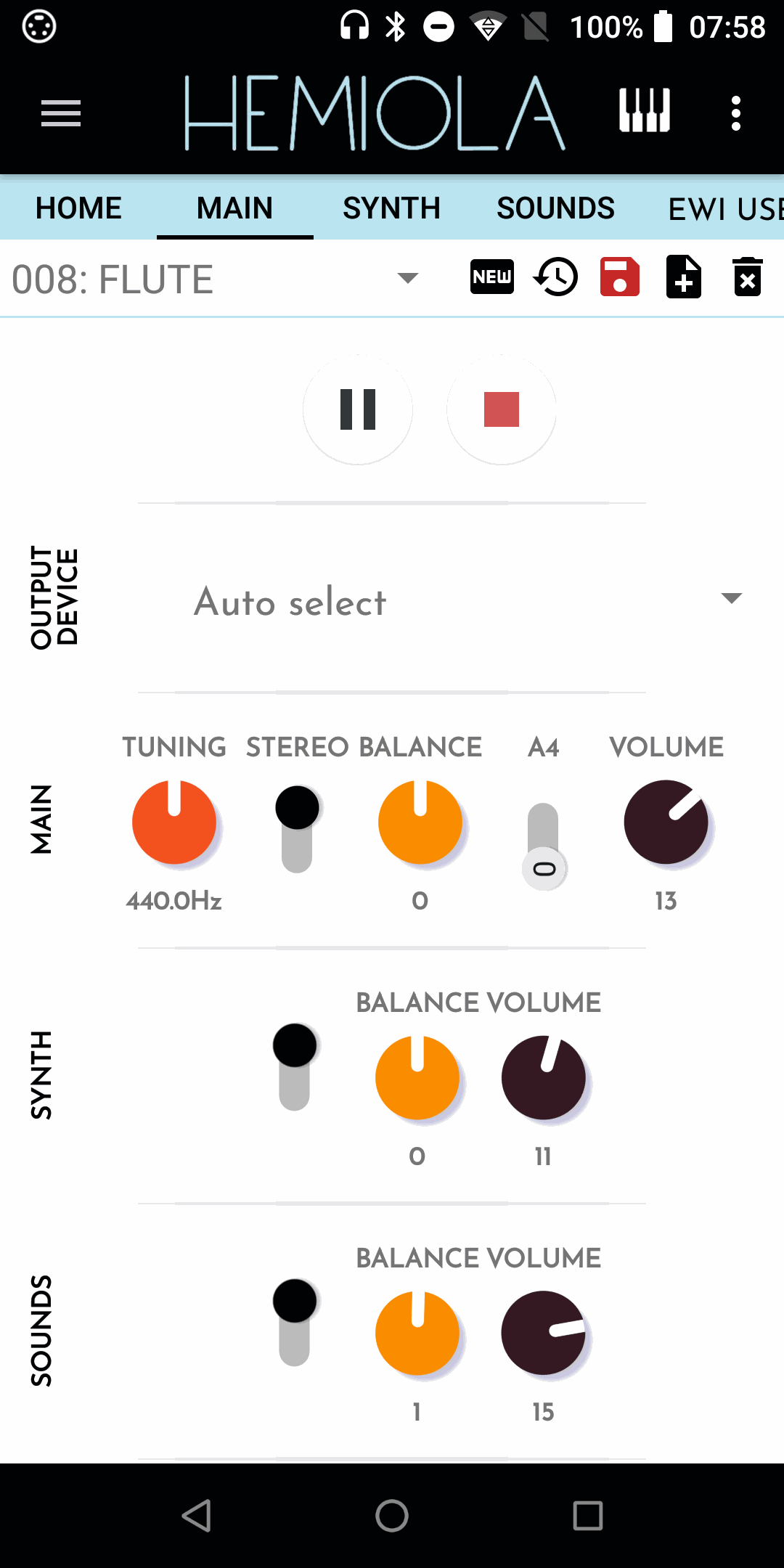
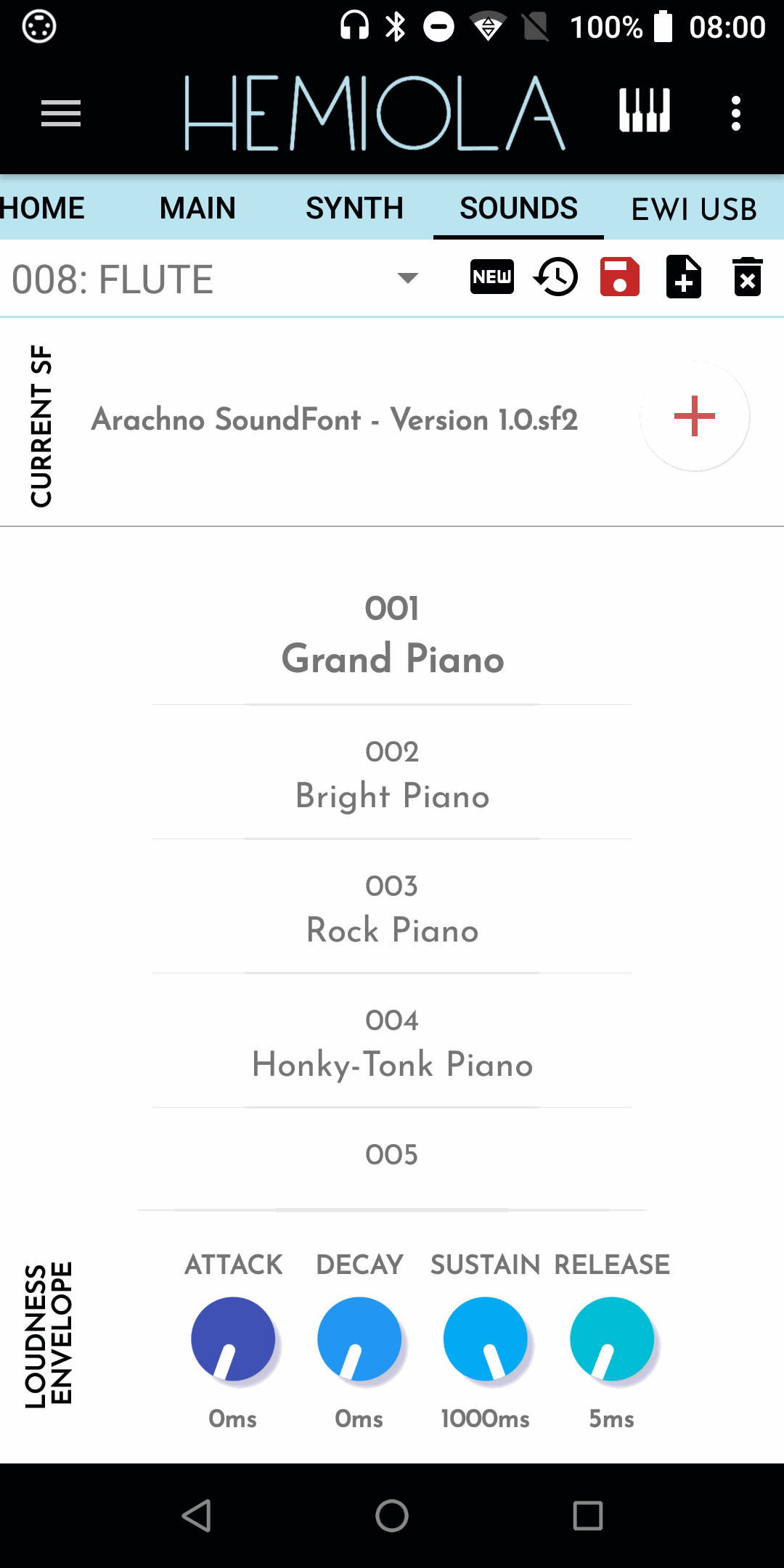
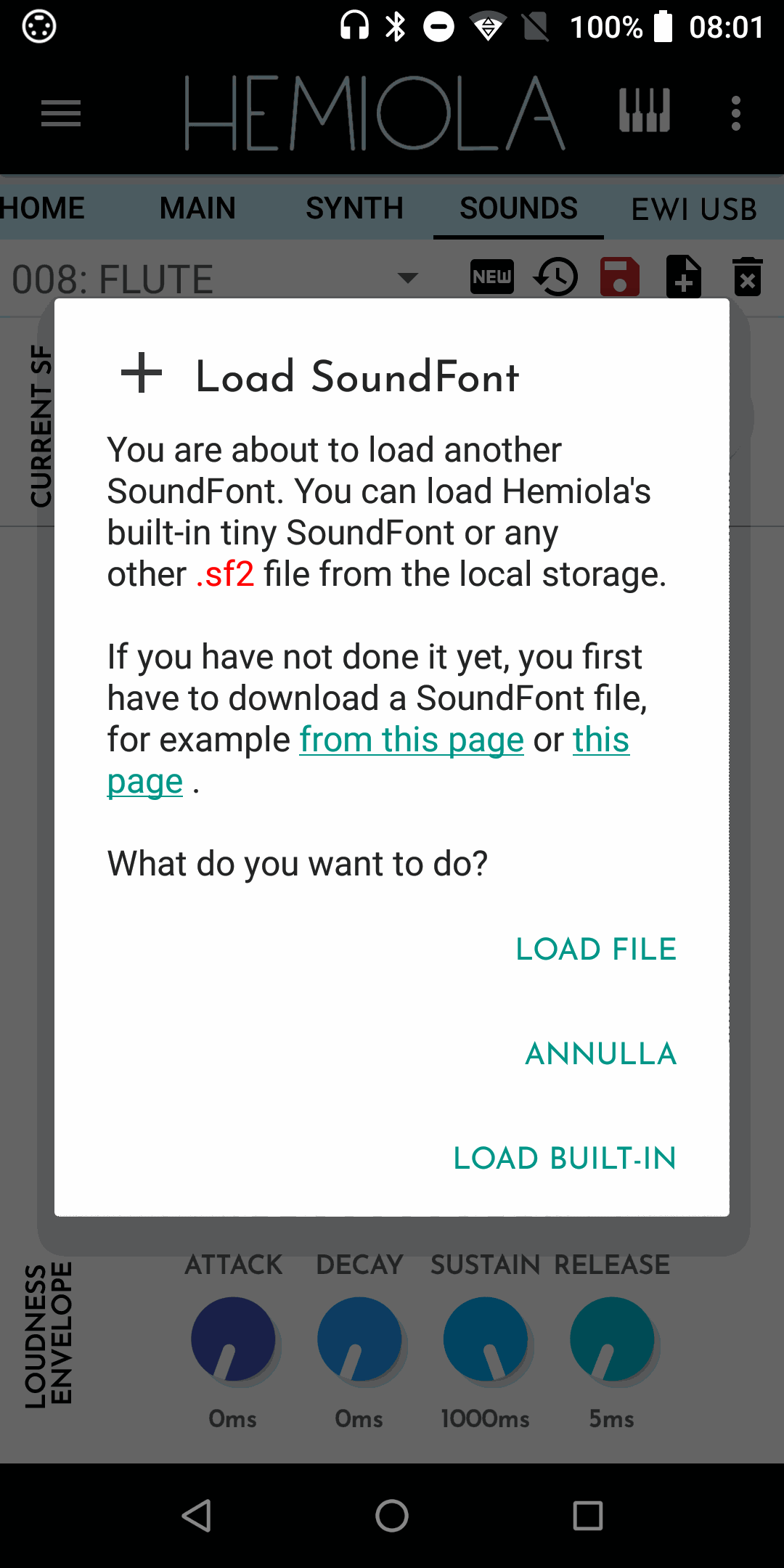
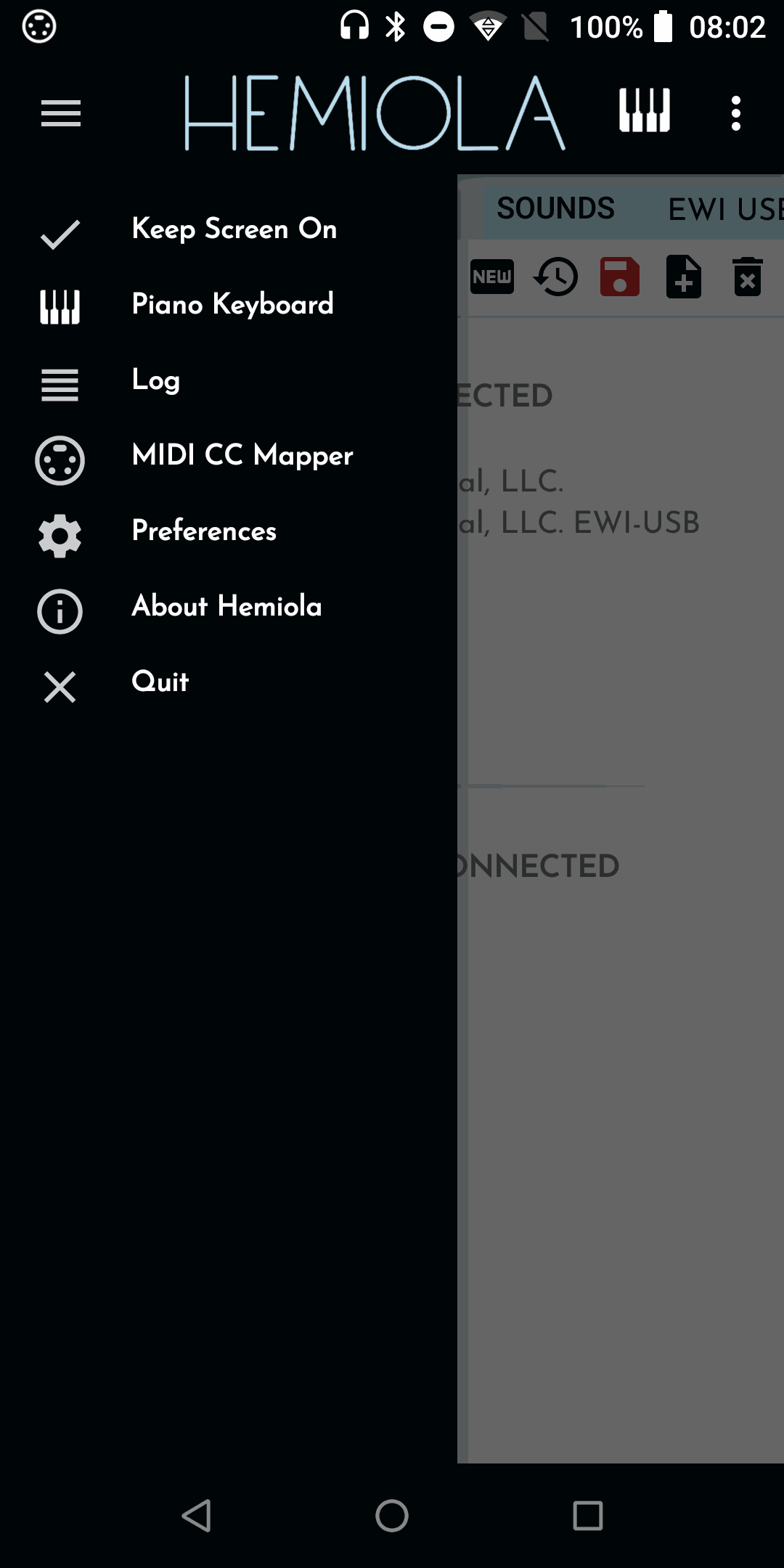
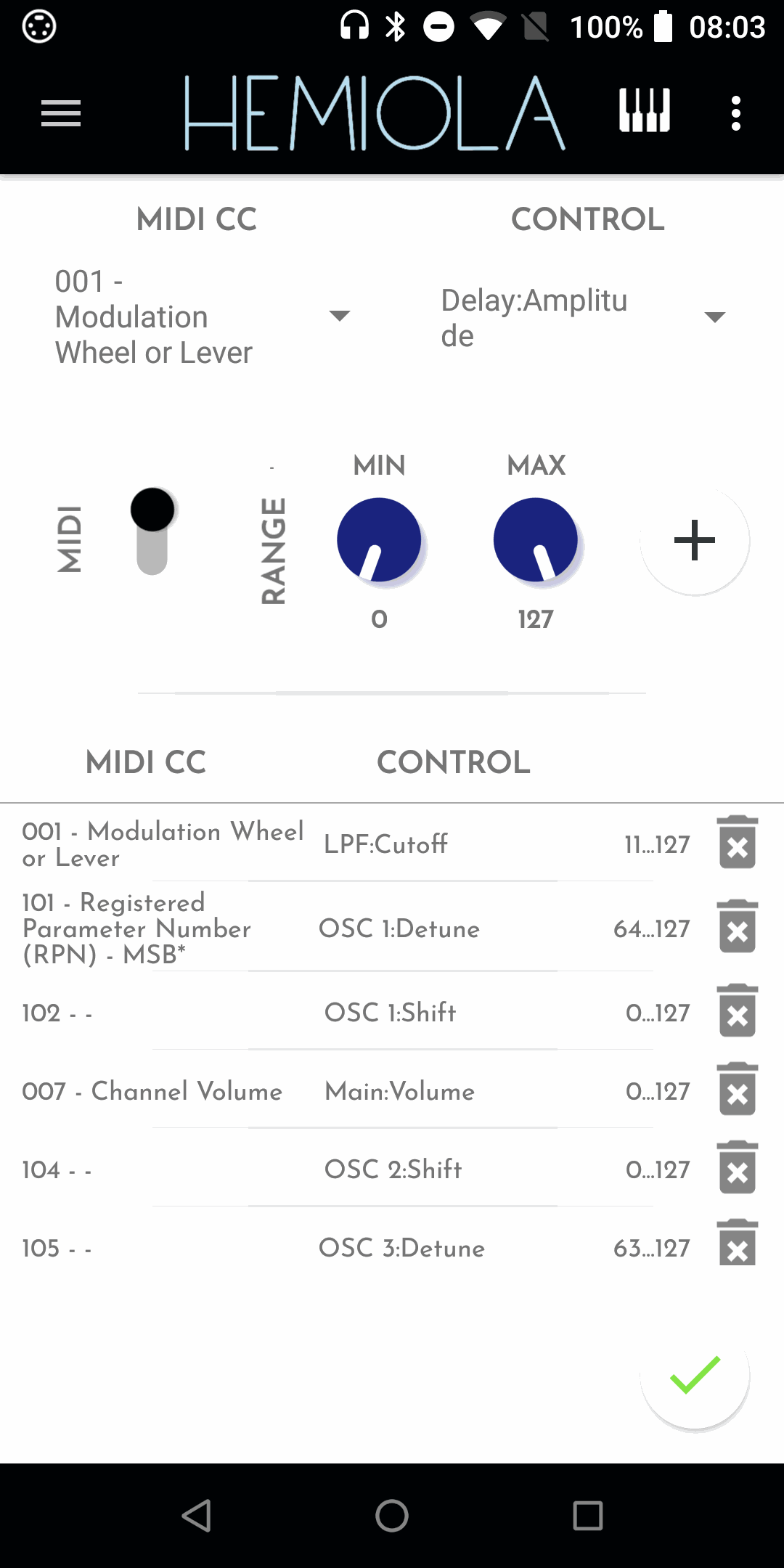
You may have already noticed a big novelty: Hemiola has now support for SoundFonts!
SoundFonts are collections of sampled sounds from real instruments that you can load into the app and control with your MIDI controller. I have used a very light C library by Bernhard Schelling, TinySoundFont, but I had to tweak it a little bit so to exploit Android native capabilities: this simply means it works very well in conjunction with Oboe (see my previous post) and there's no noticeable latency on recent android devices.
You can use SoundFonts as an additional sound layer to Hemiola's Analog Synth or as single sound generator (by deactivating the built-in synth). At the moment (and in the foreseable future) there's only support for .sf2 files, but the good news is that there are tons of free SF2 files to download for free!
And, just to allow for some additional tinkering, I have added an ADSR control to SoundFonts too.
---
Other small improvements:
You can now select the audio output device.
You can now activate MIDI auto-sensing on the MIDI CC Mapper setup.
There is a new section where you can control the general Volume Mix, Panpot, Delay and Audio latency/buffer.
The built-in sound patch controls are now available in all sections and they include the current selection from the SoundFont player (i.e. you can save a combination of analog synth and sound font selection as a single, re-callable patch).
BUT, perhaps the main news is that now Hemiola has a built-in touch piano keyboard.
I have used (and heavily modified) a pre-existing library: PianoView by ChengTao. Here are the results:
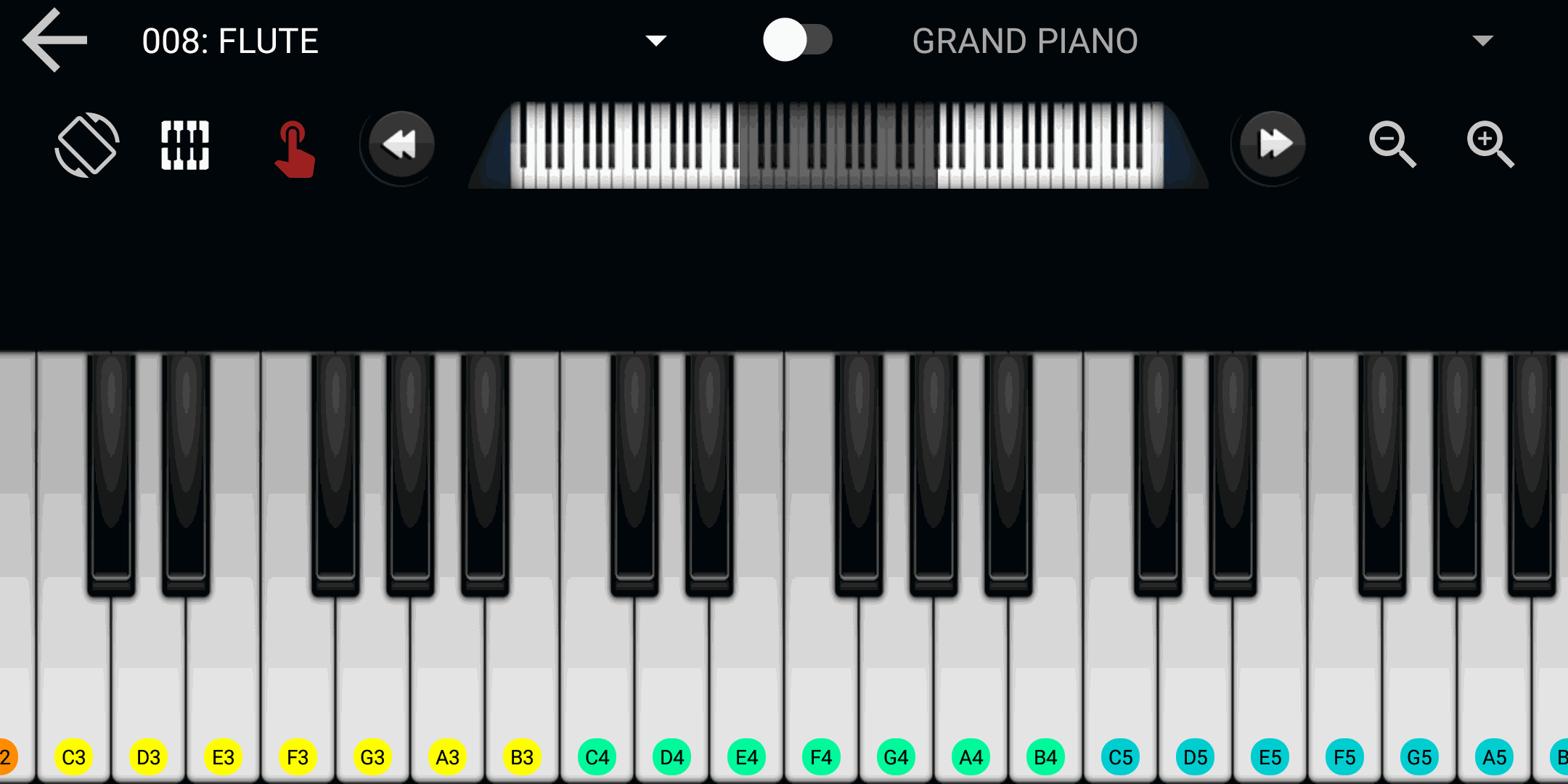
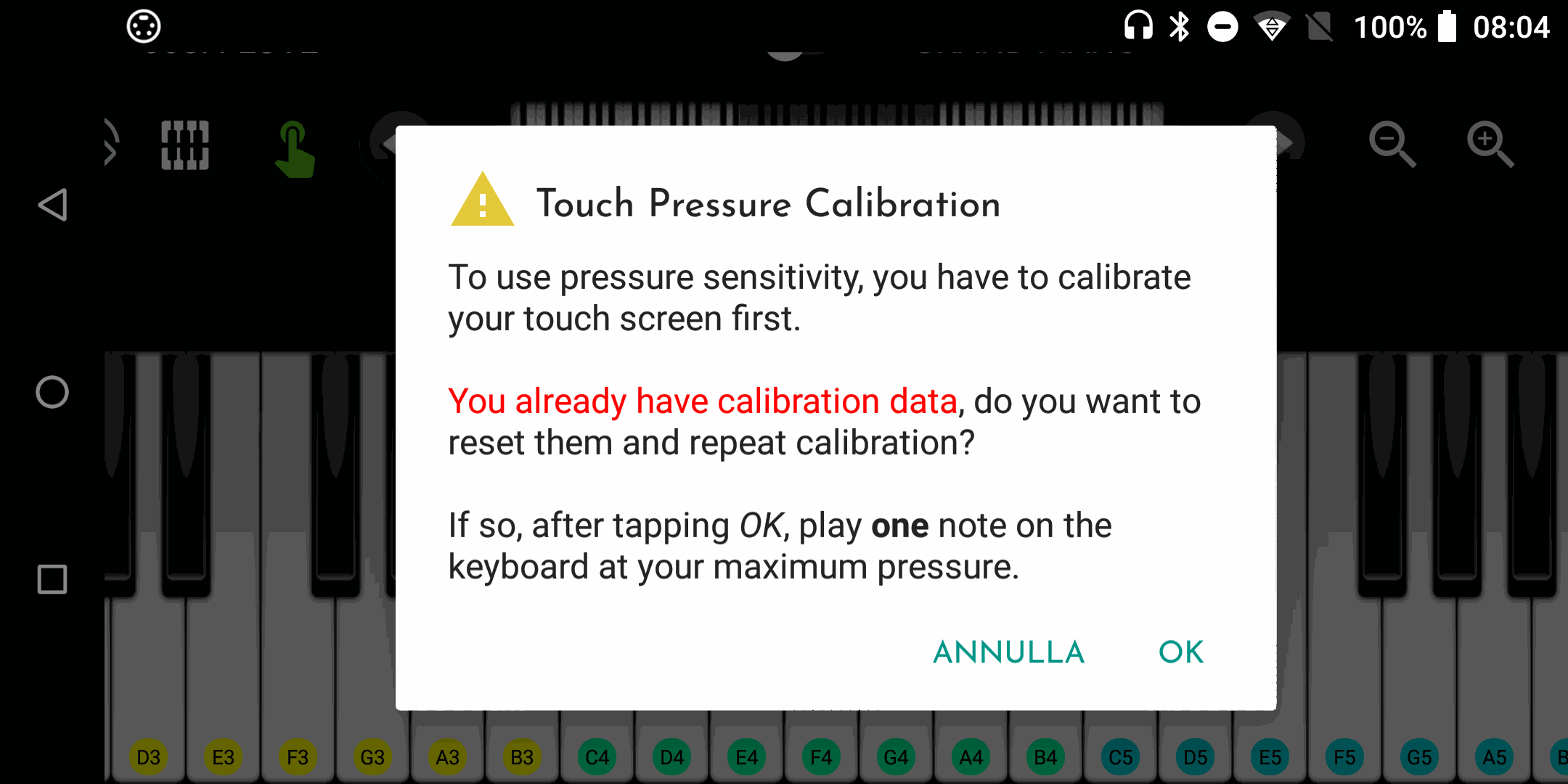
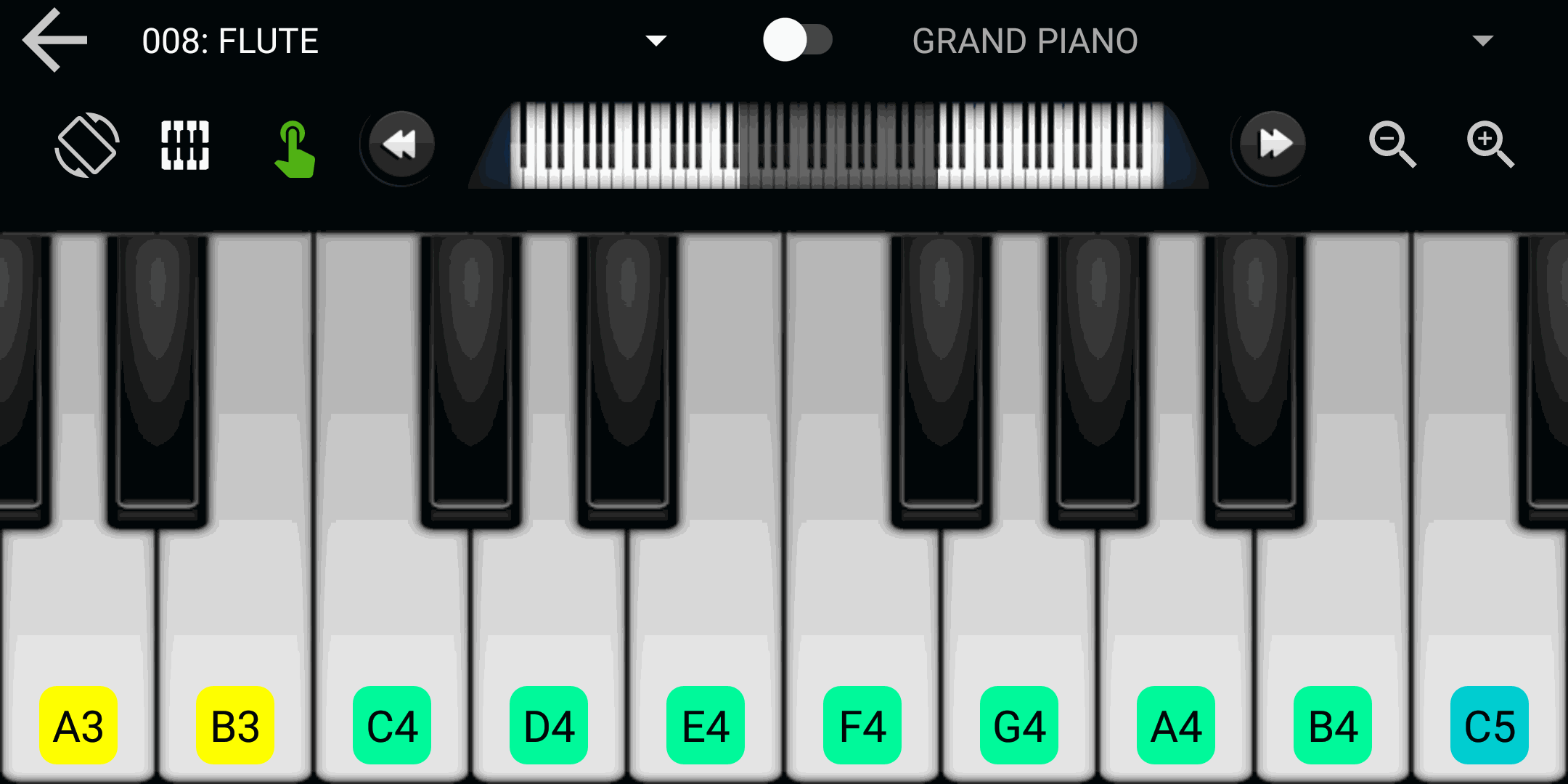
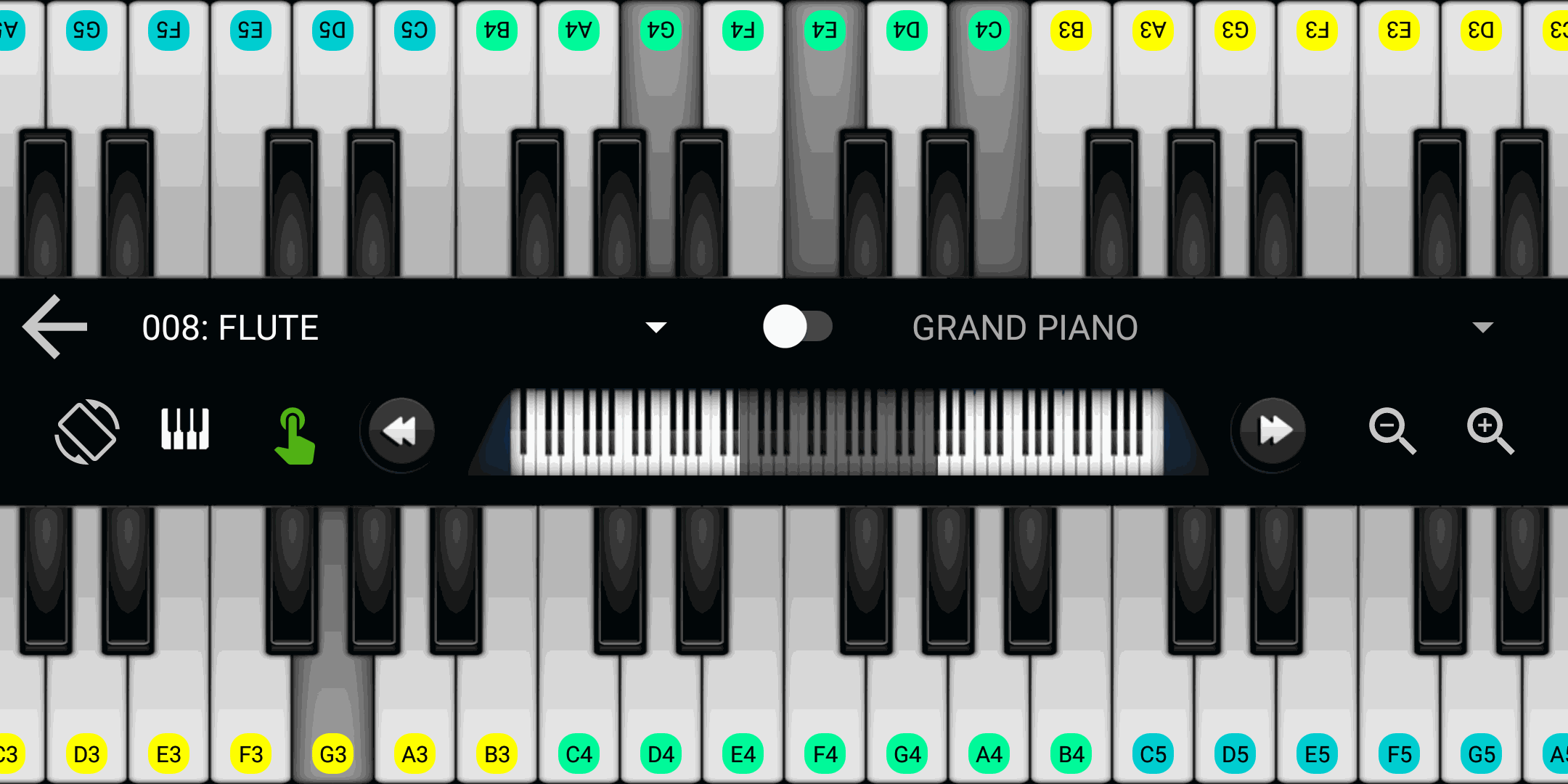
As you can see, the keyboard is zoomable and Touch Pressure sensitive ! Maybe you don't know (I didn't!) but many Android devices are somehow capable of detecting touch screen pressure by evaluating the size of the currently touched area of the screen. There's no clear standard, so you'd have to calibrate your touch screen first, but then it works pretty well: this, added to a small vibration feedback at every touch, makes the experience very funny and effective.
You surely noticed the dual keyboard in the last picture: on a phone it maybe be nothing more than a funny toy, but on a tablet the two keyboards become playable, so you can make duet music with anyone. The people I showed this seemed very amused and involved :)
---
One last thing. I'm still undecided about how to distribute this app: will it be free? Should I make people pay for it? As you can easily imagine, a lot of work and efforts have gone into the development, so I'm wondering... I had first thought of a Beerware model: If you like it, buy me a beer! (In my case through a Paypal donation). A possibile alternative is to distribute a completely working app but with a limited saving capability: you would have to buy a license in order to save (all of) your presets. What do you think?
In the meanwhile, if you are interested in supporting me and the development of Hemiola, you can buy me a beer!